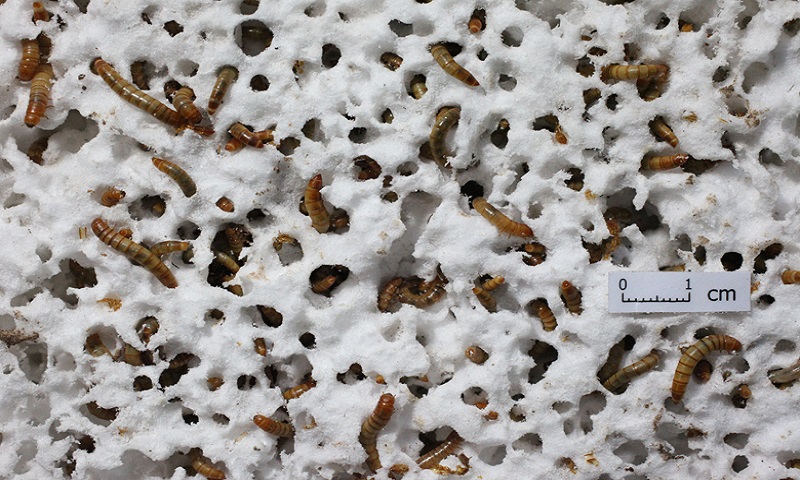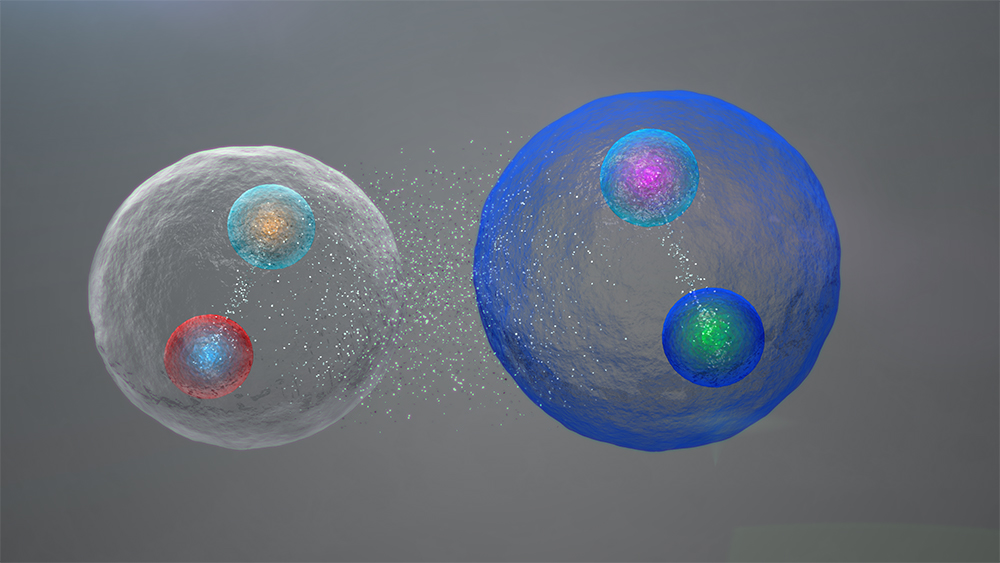A big part of the 100 million tons of plastic produced every year worldwide ends up in the garbage. Our garbage dumps are getting bigger and bigger. Even our oceans are not safe. There is a large area right in the middle of the Pacific Ocean made only of floating trash. Called the Great Pacific Garbage Patch, it consists of broken pieces of floating plastic.
Have you watched a leaf fall from a tree? How it is green at first, then turns yellow or brown and finally mixes with the soil. What happens is this – the leaf gets decomposed by bacteria and fungi. Unlike stuff like the leaf, plastic remains plastic forever. It pollutes our surroundings. Often animals eat the plastic and fall sick and sometimes even die. We generate so much garbage that soon our planet will run out of space to hold it all.
How can we solve this problem?
We can, of course, reduce our plastic use. But, what about all the plastic that’s already out there? Scientists may have found a solution in a hungry little worm, called the Mealworm. This tiny, wriggly, brown-coloured worm grows into a type of a beetle. Just like how a caterpillar turns into a butterfly.
A mealworm can safely eat Styrofoam. Styrofoam is a type of plastic used to make use-and-throw cups and plates. A hundred mealworms can munch on Styrofoam the size of a pill every day. That is about 34-39 milligrams daily. Once it has eaten the plastic, the worm gives out Carbon dioxide – a gas we all breathe out. It also excretes droppings that can mix with the soil. And it does not even feel sick after eating all that plastic.
How do they do it?
The magic lies in the mealworm’s guts. There are bacteria that live inside the mealworm. These invisible beings can break down the plastic like nothing else can. Our scientists believe this will be a new way to solve the global plastic pollution problem. And to help it further, there is another insect recently discovered called the Waxworm. That can consume thin plastics used in carry bags!
A plastic-free world
A mealworm’s capacity to eat up the plastic may seem small compared to the rate at which we accumulate trash. This is still a promising start. More research is required to understand the workings of a mealworm’s gut. We need to find out if the microorganisms inside the worms can break down other forms of plastic too. Perhaps researchers can then engineer powerful enzymes to biodegrade plastic. Or perhaps manufacturers can invent plastic that mix with the environment without polluting it.
We would also need plastic-munchers that live in water, to take care of our ocean filth.
Until then it’s up to us to reduce, reuse and recycle our trash.





Leave a Reply